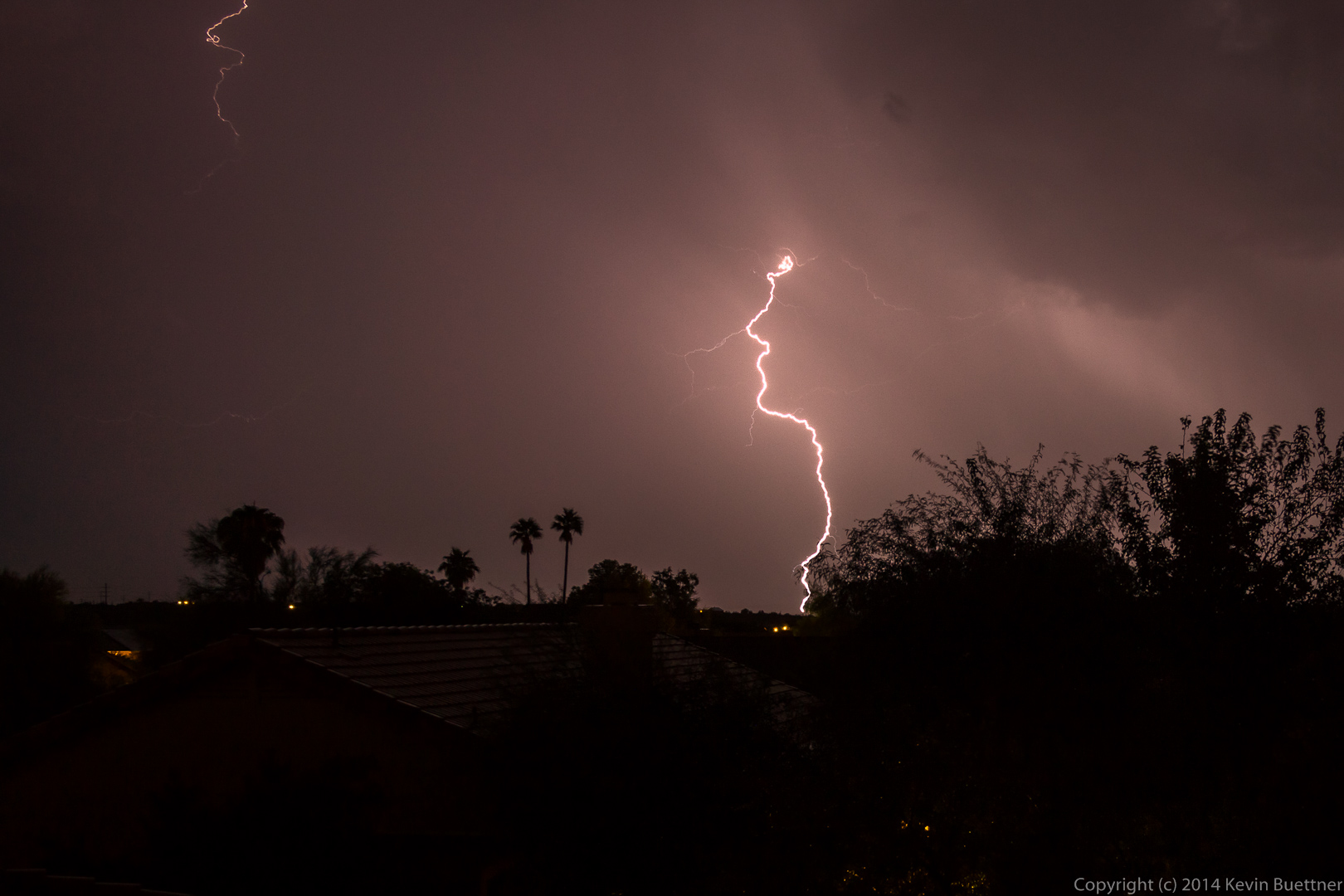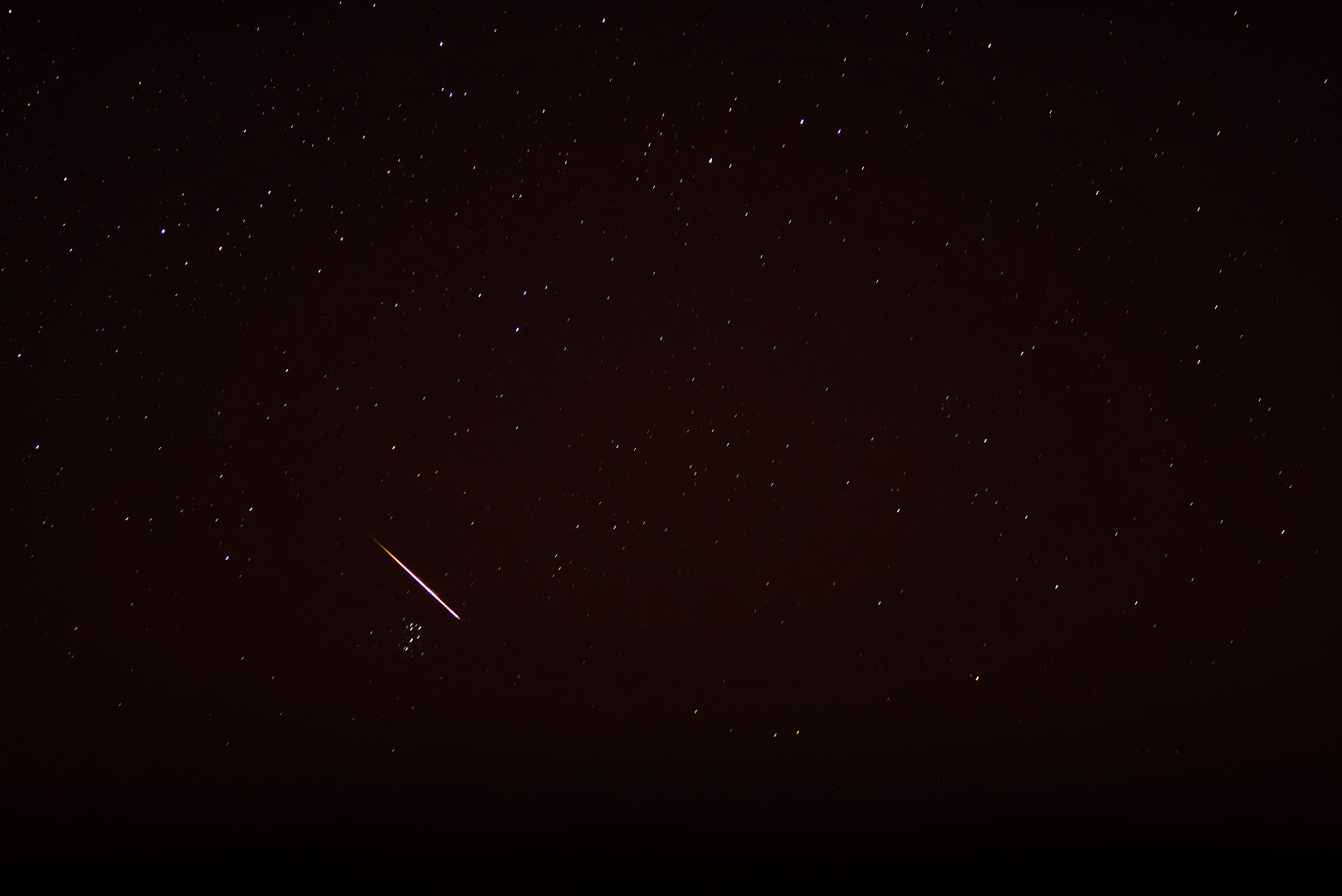One nice thing about this approach is that if more than one lightning strike occurs within the same 30 second window, you'll have captured all of them in one shot.
I prefer shorter timeframes. Shots usually clearer, less noisy, less blowout of any other lights etc. Depends on scene really. You can always easily stack the photos later to get multiple strikes.
That's bs photography. Stacking multiple lightning pics is kids stuff and not authentic or true. Capturing anything in photography should be about capturing the moment and not adding your photoshop skills to make it something else. Try shooting in manual, select the proper exposure time, f-stop, manual focus correctly, camera metering, and the ISO for that particular storm brightness. The other thing is to decide to shoot raw or jpg. ;-)
"not authentic or true. Capturing anything in photography should be about capturing the moment and not adding your photoshop skills to make it something else." By definition, photography is not one moment, in the case of taking lightning pics at night, you are taking exposures of many seconds. Shooting RAW will also mean you will edit pics with some form of software. ANd who cares if you stack pics or not? Having one 30 second exposure or 2 15 second ones stacked, same result almost. Advantages to both shorter and longer exposures. Shorter exposures means there are more pics, if you hit your tripod you will likely screw the shot (Have seen people taking BULB shots of a few minutes to get multiple strikes of lightning, then bump tripod and blur everything). Shorter shots lock away the shots basically. Longer expsoures means you have less times where the camera isnt taking a picture. If it takes a second between shots, then taking 15 second shots will have about 4 seconds each minute, doubling exposure time halves that time of course. The rest, shooting manual etc has been covered. If a person wants there shot to show multiple strikes in their own pics, who are we to stop them. We can however show them how to do it.
Here's some 10 second exposures, stacked. 13 pics composite







